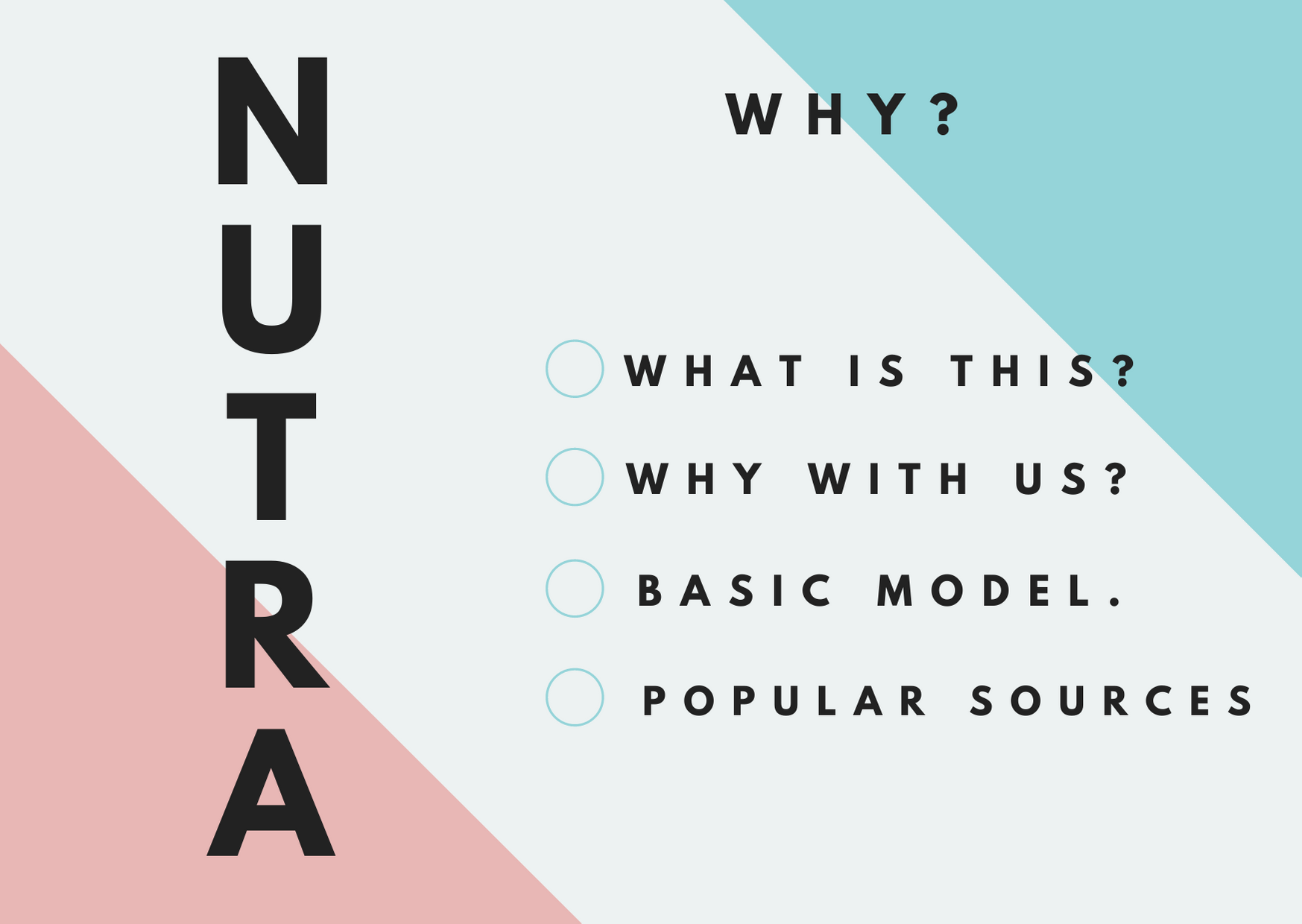e-Commerce is one of the largest affiliate marketing verticals, it involves promoting and selling the goods of various online stores.
The largest Internet platforms with a huge selection of goods are: Amazon, Ebay, Walmart, Best Buy, OfficeDepot, Zappos, Victoria’s Secret, Aliexpress, Etsy and others. Their assortment of goods is limitless and includes all sorts of products: food, personal hygiene and household remedies, gadgets, accessories, clothes, shoes, children’s toys, appliances and much more.
The pandemic and the restrictions it forced upon us have made this vertical especially popular. Millions of people across the world have migrated online. The traffic volume continues to grow, new offers keep popping up.
In this article we’ll go over how to work with this vertical, where to look for affiliate programs and how to attract traffic.
How it works
Getting started is easy. You need to join an online store’s affiliate program, obtain your affiliate link and start attracting users. You’ll get a reward for each client that followed your link and made a purchase. You can earn up to dozens and hundreds of thousands of dollars per month by working with online stores’ affiliate programs.
Where to look for affiliate programs
Most large online stores have their own affiliate program. Go to their website to study the conditions and payment details.
For example, Amazon pays affiliates up to 10% of the cost of the sold goods.
But not all online stores work with affiliates directly, many prefer to use CPA grids as intermediaries. In this case, the advertiser concludes an agreement with the CPA network, and affiliates choose the affiliate program from the thousands the CPA grid has in its arsenal.
For newcomers, it would be best to start with CPA networks, since there they can get some tips from their personal manager, get acquainted with the necessary tools and promo materials.
Payment methods
e-Commerce offers use the COST PER SALE (CPS) model. For each sale, the affiliate will receive a percentage of the goods’ cost or a fixed amount. The details are either already in the terms and conditions or discussed individually.
When connecting to an affiliate program, pay attention to the hold – the time period after which you can withdraw the money. You also need to learn about the post-click time – how much time must pass between the user clicking your link and making a purchase for them to no longer count as “yours”. For example, a client that used your link to find the promoted website only made a purchase 2 days later. If the post-click period is 2 days or more, the conversion will count, but if it’s 1 day – you won’t get paid.
Target audience
The exact target audience in this vertical depends wholly on the specific goods you’re promoting. Is your target consumer male or female? Will the product be of interest to a younger or more mature audience? The product must solve the problem of the target audience and satisfy its needs.
Traffic sources
So how exactly does one make money on affiliate programs?
Targeted ads in social media
The most popular sources of traffic for e-Commerce offers are Facebook and Instagram ads. These traffic sources provide ample possibilities to pinpoint your TA, which makes them incredible effective. Facebook has recently made the rules much stricter, your ad account may get banned for no apparent reason, this makes working through FB that much harder and forces affiliates to switch over to other sources.
Contextual ads
Google Ads and the Google Display network are excellent sources of traffic, but require specific knowledge to work with the search engine or pick keywords. Targeting is performed through keywords that users google. A powerful and efficient form of advertising, but requires considerable funds.
The advertiser’s or supplier’s website
Two options are possible here. You can make a showcase-website or you can go for the dropship option.
Showcase-websites
A showcase-website is a website (duh) that promotes the advertiser’s product and that features all the info regarding the goods: photos, characteristics, description, size, price. You can’t actually buy anything from this website, but through it, you can access the advertiser’s website and purchase the product there. The affiliate will receive a percentage of the goods’ cost or a fixed amount.
Dropshipping
Now this model is no longer CPA. You post the advertiser’s products on your website and place your own markup on them. The client buys the product on your website. Next, you send this order to the supplier, who in turn actually ships out the product. Your income is the difference between the product’s original cost and whatever the client bought it from you for.
Here’s a table to help explain the difference between dropshipping and showcase-websites
| Dropshipping | Showcase-website | |
| Purchasing the goods | You don’t need to purchase the product in advance – wait for the client’s order | You don’t need to purchase the product at all |
| Storing the goods | At the supplier’s warehouse | At the advertiser’s warehouse |
| Describing the goods | You make the description yourself to stand out from your competitors | Use the advertiser’s description |
| Setting the price | Add your own markup, which you can use to make discounts and hold promotions and sales. | The price is set by the advertiser |
| Brand use | The supplier may allow you to use their brand or you can design your own | Use the advertiser’s brand |
| Accepting payments | Negotiated individually. Most often, you receive payments, take you cut, and send the rest to the supplier | The advertiser accepts payments. After the user pays and the advertiser confirms it, you get your cut, which you can then withdraw |
| Shipping | The supplier is responsible for shipping, but should the customer not receive their order, all questions will be directed at you. | The advertiser is responsible for shipping |
| User support | You talk to the clients. You can engage in cross-selling | The advertiser is responsible for user support |
| Expenses | Website, domain, hosting.Receiving payments.Website promotion.Customer support. | Website, domain, hosting.Website promotion. |
Both options are viable, the difference lies in the expenses, the level of responsibility in regards to the clients, opportunities for development and income level.
Price comparison services
Help the consumer navigate through a huge number of offers and lead them to the most lucrative choice. Create a website with similar products from various online stores, analyze and compare prices. The user will follow your link to the website with the product they like, and you will earn money.
Cashback services
People are always trying to save money, so they are more than willing to make purchases that let them get back part of the money they spent on it. This opportunity convinces them of the appropriateness of the purchase and influences their decision-making. Place your affiliate links on Cashback services. This can be arranged in the form of online store catalogs. These services are partners of advertisers and receive a commission from them, part of which is transferred to the buyer. When the client uses your link to go from this service to the online store and makes a purchase, the service credits a specific amount to their balance. Cashback services: LetyShops, Kopikot.
Coupon websites
All consumers love promotions, discounts and the sort and are actively looking for coupons and promo codes. Amass all coupons and promo codes with your affiliate links within a single website.
Content project
A blog with good content can be a great source of traffic. Find products that match your topic and promote them. Analytical reviews, comparison tables, compilations of comments and consumer reviews find the best responses. Insert affiliate links for your subscribers and visitors.
Email ads
If you have a website, then you, most likely, through gifts and bonuses have amassed a list of emails of your clients. Prepare thematic email newsletters with a selection of different products, insert your affiliate links, and use them to attract users to the websites of online stores.
YouTube
A riveting YouTube channel can attract a large number of interested users. You can make review videos, analyze the advantages of various products, do unboxings of goods from online stores, and showcase the work of household appliances.
Telegram
Telegram channels and chats are becoming increasingly popular. You can use them to inform your audience about relevant discounts and sales, place promotional codes.
Social media groups
You can write posts with reviews and comments, send links to products, discounts, share promo codes.
Conclusion
A major advantage of the e-Commerce vertical is that it’s white-hat. The number of offers is essentially limitless, which lets you choose whatever brings in the most revenue and converts well. Scaling in this vertical is easy, you can sell products all over the world. Many paid and free traffic sources. All this makes e-Commerce the fastest growing and most promising affiliate marketing direction.












